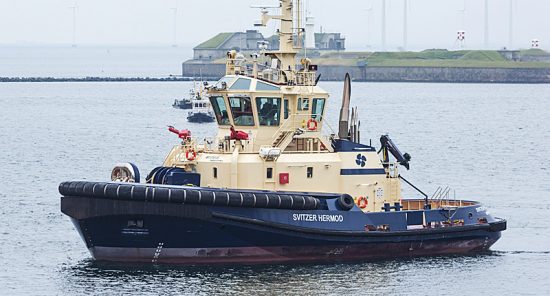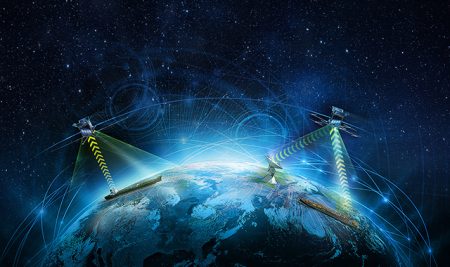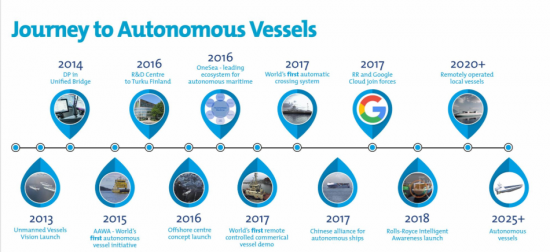December 2, 2017 – The European Space Agency (ESA) has entered into an agreement with Rolls-Royce to partner on the development of remote-controlled ships from space using satellite-positioning technology. This involves ESA’s existing SAT-AIS maritime systems, its Sentinel-1 satellite that is part of Europe’s Copernicus Program, and the new Galileo navigation system, Europe’s equivalent to the U.S. Defense Department’s GPS system of satellites.
ESA’s new partnership with the Rolls-Royce Ship Intelligence Division will be designed to use all of these existing satellite assets as well as land-based ship-to-shore communications technology to deliver what is described as a fifth generation (5G) integrated satellite and terrestrial geolocation and communication service. This unified system will make it possible for commercial marine vessels to operate autonomously.
The development of self-driving ships has been running in parallel with technological advances for autonomous land vehicles. The first autonomous ships are expected to be operational before 2020. These vessels are outfitted with sensors and software capable of navigating through busy shipping channels avoiding those that are human-operated and successfully docking.
Rolls-Royce calls their technology SATAA, an acronym for sense, acquire, transfer, analyze and act, reducing the need for human-machine interaction through the automation of most shipboard navigation tasks. The collaboration with ESA brings integration of both satellite and telecommunications networks into the mix. Kamo Tenovuo, Rolls-Royce Senior Vice President for Ship Intelligence, in a press release issued by the company, notes that the current satellite and telecommunications technology is not set up for ship navigation, but that the company’s work on “smart ships” will integrate the capability of these systems to create “greater spatial and situational awareness for those operating” vessels remotely and will “allow satellites to capture and share the data from a number of vessels simultaneously.”
Currently, Rolls-Royce has been testing a remote-controlled tugboat, the Svitzer Hermod in Copenhagen, Denmark’s harbor. Called Project Sisu, the tug has been an unqualified success demonstrating its ability to navigate a busy shipping channel without relying on its onboard human crew.

The company ultimately sees remotely-controlled and autonomous ships as a means to reduce transportation costs by as much as 22% versus human-operated vessels. How? Autonomous ships would carry much smaller human crews requiring less physical onboard accommodation. They would have less power demand, no deck housing, and would handle more cargo because of the saved space. Autonomous ships would be capable of automatic docking because of onboard object detection and avoidance technology similar to what is being put in autonomous cars. On the company’s timeline entitled the “Journey to Autonomous Vessels,” it shows its progress towards full autonomy by 2025+.
Rolls-Royce isn’t the only player in the market developing autonomous-ship technology. Sea Machines, a Boston-based company has created autonomous-controlled workboats that are self-aware to the point that they can collaborate with neighbouring vessels in tackling oil spills and other seaborne activities. Their technology can be put into older ships as an upgrade. Of course, Sea Machines uses America’s GPS system for positioning data. Currently, Sea Machines is operating three test vessels in pilot programs and has completed over 600 hours of operational testing.










